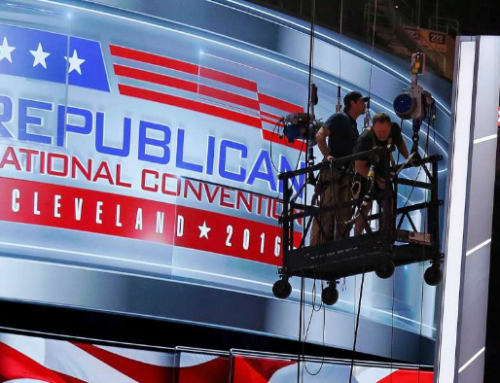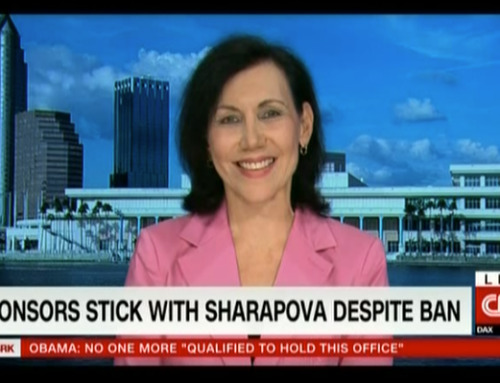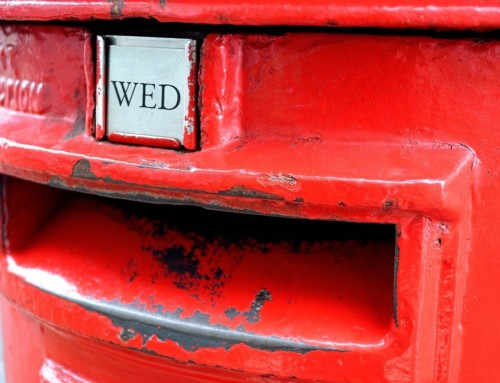Rules Breakers: Keep an eye on them Consider the case of a home shopping channel, which religiously applied the industry’s RFM (Recency, Frequency, Monetary Value) model for scoring customer-buying behavior. A long-time customer had graduated into buying roughly a $1000 a month in merchandise and was now dubbed a “top customer” per the RFM model. Her stair-stepped purchasing trend was exactly what the company strived for. But, six months later the bloom was off the rose. When the customer’s revenue data and returns data (which were stored in different databases) were matched, a surprising finding was revealed: Her returns were sky high. Digging deeper, the company was shocked to discover the customer owned a small gift shop and was using the shopping channel’s merchandise on a consignment-type basis while carefully complying with the company’s 60 day return policy. Sadly, the company’s data silos masked this thought-to-be top customer’s true value for too many months.
Kelly Cook, (recently departed) director of CRM for Continental Airlines recalled a similar awakening. The first year the airline’s new data warehouse was in operation, (the data warehouse consolidated 45+ separate customer databases down to 2) the company saved $5 million in security and fraud detection. Exclaimed Kelly, “We found one customer who got 20 bereavement fares in 12 months off of the same dead grandfather!” Before the data warehouse, for example, it was possible for a devious-minded ticket holder with a cancelled flight to get a replacement flight voucher from the airport customer service agent and then immediately go to the phone and call the Continental call center and get a second reimbursement voucher for the same cancelled flight. Not anymore, reported Kelly. Continental’s data warehouse quickly consolidates customer files across channels dramatically reducing compensation fraud.
Lesson: A timely merging of customer data across silos and channels is a must for detecting unusual buying patterns, diagnosing flawed buyer transactions and the systems that allow them, and “encouraging” customers to play by the rules.
Churn Makers: What makes them churn?
Sometimes company policies unwittingly encourage customer volatility. Consider the case of the South African mobile telecom company MTN, which Mike Lowenstein and I write about in our book, Customer Winback. Experiencing significant customer churn, MTN began investigating whether a churn buster model made economic sense for the company. Their first step was to quantify the churn problem in detail. They analyzed closely the number of handsets MTN sold and compared that number to the number of connected customers. There was a big gap. Given the number of handsets distributed, the number of new connections should have been much higher. At the time, MTN was offering ‘sexy’ new handsets (they were smaller and had a longer talk time, cool colors, etc.) and everyone wanted one. MTN did not have a handset upgrade policy so the only way existing customers could get a new handset was to cancel their present contract and give up their phone number, sign a new contract, and be assigned a new phone number. Could it be that a lot of the churn was from existing customers canceling and then signing up again as new customers so they could get the upgraded handsets? Eureka! MTN customer research revealed that a whopping 65% of the disconnected consumers had never actually left the network!
Reports Margaret Sheridan, then Group Marketing Director for MTN, “When we sat back and looked, the situation was very clear: our sales force and the consumer had a sweet deal. We compensated our sales force based only on new connections, so they were perfectly happy to sign an existing customer up again. And customers were willing because they got new phone! And our policy of providing new customers with a recording that said, ‘That number has changed, the new number is…’ made it even more convenient for an existing customer to disconnect and reconnect with a new contract and phone number.”
Lesson: Think loyalty. Measure your acquisition team on retention, not simply on acquisition. Revise policies that attract and reward only short-term relationships. Afterall, it’s customer retention that creates real value for your business.
Bought Aways: Leave them alone!
For many companies, the rate of first-time customer attrition is often more than double that of older customers. Why? Two reasons: One, new customers are often not properly nurtured once they are initially ‘sold’ and this causes them to move on. Two, the Fickle Factor is at play: Simply put, some of the very customers your acquisition initiatives attracted have just demonstrated their propensity to switch. These fickle customers are Cassanova buyers in disguise. They’ll love you and then leave you—fast!
This is particularly true of “bought away” customers whose only true allegiance is to the vendor with the lowest price.
Consider the experience of Super Embroidery, Inc., a 300-hundred employee Phoenix firm that does automated embroidering of hats, caps, and jackets. Super Embroidery has hundreds of customers. Sometimes business is lost to new companies that price very aggressively in an effort to get accounts. Says company president, Anna Johnson, “Most of those I get back within three months because competitors fail to keep their promises.” But others don’t return. “There was one customer we lost because of three cents a hat,” reports Johnson, even though the customer was completely satisfied in every other way. That customer’s buyer called Johnson a few months later, complaining that her new supplier was slow and the quality of its work was below Super Embroidery’s—but the customer still wanted Johnson to reduce Super Embroidery’s price by three cents a hat to get back the order. Johnson declined to reduce the price, and the lost customer did not return.
When I work with sales teams on acquisition strategies, we begin by reviewing some sobering sales stats: six out of ten prospective customers will say “no” four times before they say “yes”. We discuss why easy-to-sway, shoo-in buyers, while easier to sell, are often the hardest to keep and why hard-to-crack prospects frequently make better, long-term customers.
Lesson: When targeting new customers, beware of the Fickle Factor, particularly those prospects that can be ‘bought away’ by lowest price. It’s you they will leave next time for lowest price. Don’t get discouraged with prospects that require long sales cycles. These are oftentimes the very customers from which you can earn long-term loyalty.
Variety Seekers: They need, uh, variety!
Variety Seekers are customers who will not remain loyal to your product because they prize the experience of using many different products. For example, I have a friend who is nuts about high performance cars. Over the past decade, he owned a BMW followed a Lexus followed by a Mercedes followed by a Porsche. (With each of these cars, he’s experienced no major problem with either the vehicle or the dealer.) Whenever asked about his car purchase history, he talks with passion about each of these cars and the thrill of the drive, but it’s clear his need for variety trumps any feelings of brand loyalty. He reads car magazines and web sites voraciously and already has his eye on a new Jaguar model set to unveil in the next 12 months.
Lesson: Variety seekers are not good winback prospects. Their need for variety will likely blunt most any winback initiative. However, this type of customer may still have value as an advocate for your brand since he’s likely the ‘go to’ source for many of his friends and family contemplating a purchase.
So, next time you encounter some “un-loyalty-like” customer behavior, take heart. Loyalty lessons await you. Dig in and reap the rewards.
Jill Griffin’s clients call her The Loyalty Maker® for good reason. Since 1988, she has led Austin-based Griffin Group, helping firms world-wide build fiercely loyal customers. Clients served include Microsoft, Dell, Toyota, Marriott, Hewlett Packard, Days Inn, Wells Fargo, Western Union and Sprint. Jill is a frequent keynoteron loyalty issues at conferences across North America and Europe.
Jill’s book, Customer Loyalty (Jossey-Bass/Wiley 1995, 1997, Second Edition 2002), was named to Harvard Business School’s Working Knowledge book list and has been published in six languages. Her co-authored book, Customer Winback (Jossey-Bass/Wiley, 2001) earned Soundview Executive Book Summaries’ “Best Books” award.





